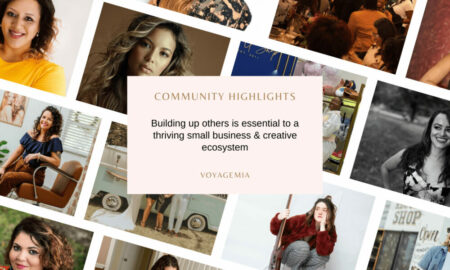

Mai Yap shared their story and experiences with us recently and you can find our conversation below.
Hi Mai, thank you for taking the time to reflect back on your journey with us. I think our readers are in for a real treat. There is so much we can all learn from each other and so thank you again for opening up with us. Let’s get into it: What are you being called to do now, that you may have been afraid of before?
I feel that I’m being called to face and express two profound realities that have recently reshaped how I see myself and the world. The first is the experience of menopause—coming to terms with the changes in an aging body while my mind still views the world with the curiosity and wonder of a child. The second is acknowledging the reality of discrimination against Chinese people, and how that awareness influences the way I move through and interact with society.
These two truths have been both unsettling and illuminating. I’m learning to confront them not with fear, but with honesty—allowing them to emerge through my art. In doing so, I’ve discovered that there is surprisingly little open dialogue or accessible knowledge around these experiences. Through my work, I hope to create a space for discussion, understanding, and shared reflection. My creative process has become not only an act of introspection and acceptance, but also a pathway toward collective healing and awareness.
Can you briefly introduce yourself and share what makes you or your brand unique?
My name is MaiYap. I was born in Panamá to a Chinese family, and today I live and work in Miami. My life and art have always been shaped by this blend of cultures. For the first 15 years of my career, I painted in oils, creating landscapes and floral scenes—sometimes realistic, sometimes abstract—all rooted in my deep love for nature. Those works became a call to protect our planet, a reminder of the beauty that surrounds us and the responsibility we have to care for it.
As my journey continued, I began incorporating cultural objects from my childhood—rice bowls, Chinese spoons, incense sticks—into my paintings and installations. These objects help me stay connected to my heritage and open conversations about identity, belonging, and family memory.
I am also the founder of Palette Knife Artists of Miami, which grew from my passion for community, teaching, and supporting other artists in their growth.
More recently, my work has become even more personal. I’ve started to explore my experience with menopause, a profound and often quiet transition many women go through. I want to bring visibility, softness, and power to this stage of life—to remind us that transformation doesn’t end at youth. There is wisdom and beauty in becoming.
At the heart of everything I do is connection—connecting my past with my present, connecting cultures, and connecting each viewer with something meaningful in themselves. My art is my way of saying: We are all unfolding. We are all finding our way.
Great, so let’s dive into your journey a bit more. Who taught you the most about work?
Growing up in a large Chinese family in Panamá shaped everything about how I understand work and responsibility. My parents emigrated from China with almost nothing, and they came to work—truly work. They ran a small general store in the town of Aguadulce, and their days began at dawn and often stretched long past sunset. They only took Sundays off, and even then, family and responsibilities filled the day. With five children and two grandparents in the house, there was no such thing as rest.
What they achieved, with so little formal education, still amazes me. We never lacked anything essential. All of us children went on to graduate from college and build our lives. Their work ethic was never something they lectured about—they lived it. They were honest, compassionate, steady, and proud. They treated us fairly and expected us to carry ourselves with integrity, study hard, and make the family proud. It was an unspoken contract—an honor system rooted in respect for our ancestors.
My identity work, especially in recent years, is deeply tied to my mother. I admire her strength—how she worked and sacrificed quietly, with dignity and love. Much of what I express in my art comes from watching her give so much of herself for the good of the family. That silent resilience is a legacy I continue to explore, honor, and share through my practice.
When did you stop hiding your pain and start using it as power?
It happened during the pandemic. When COVID-19 was labeled the “China virus,” I began seeing and hearing about the wave of verbal and physical attacks against Asian Americans. At first, I felt shock, fear, and disbelief. And then one day, a very quiet but powerful realization came over me: Wait… I am Asian, too.
I had spent much of my life moving between cultures—Panamanian, Chinese, American—often blending in, adapting, not calling too much attention to my pain or difference. But in that moment, something shifted. I couldn’t stay silent. As an artist, the most truthful response I could make was through my work.
So I poured my grief, confusion, and anger into art. This became Reflection on Awakening, a series I created in response to the 2021 spa shootings in Atlanta, where six Asian women lost their lives. The series is not only about the violence itself, but about the deeper pain of invisibility—of being erased, overlooked, or misunderstood. Creating these works was a way of reclaiming my voice, honoring those lives, and acknowledging my own identity openly and fully.
This journey continued into my water lily series, especially I Am the Pond. In that work, I use water as a metaphor for the feminine spirit—ever shifting, ever resilient. The lily pads, made from family photographs, symbolize renewal, rebirth, and ancestry. In this series, pain becomes reflection, reflection becomes understanding, and understanding becomes power.
I realized that my story—my cultural history, my inherited silence, my grief—was not something to hide. It could be transformed. It could become connection. It could become healing—not just for me, but for others who have also felt unseen.
That was the moment I stopped hiding.
And began truly becoming.
Next, maybe we can discuss some of your foundational philosophies and views? What truths are so foundational in your life that you rarely articulate them?
There are a few beliefs that are so deeply rooted in me that I don’t always say them out loud, yet they guide everything I do. I believe that people are inherently good—unless proven otherwise—and that most of us will choose what is right if we are given the chance, the support, and the dignity to do so. I carry that trust into how I move through the world, how I teach, and how I connect with others.
I also believe that every living being has the right to exist and be treated with fairness and respect. This extends to humans, animals, and the natural world. We only have one planet, and I feel a responsibility to care for it—not just for ourselves, but for future generations. This has always been at the heart of my art, particularly in my years painting natural landscapes and my ongoing attention to environmental themes.
Above all, I believe in the pursuit of happiness, compassion, and justice. These values shape how I live, how I create, and how I show up for my community. They are simple beliefs, but they carry the weight of everything I am.
Okay, so let’s keep going with one more question that means a lot to us: When do you feel most at peace?
I feel most at peace when I am creating art. The process begins the moment I wake up. I move my body, I meditate, I try to protect my mind from the noise of the world—especially the news. I need that quiet space to open myself.
When I begin to paint, something shifts. Little by little, I leave the physical world. The studio becomes a sanctuary where time dissolves. In that creative state, it feels as if my body disappears. I enter a kind of trance—there are no words, no thoughts, no worries. Only emotion. Only presence.
It’s a place where I become something intangible, where my spirit leads and everything is possible. That is where I find my peace, my clarity, and my deepest truth.
Contact Info:
- Website: https://maiyap.com/
- Instagram: https://www.instagram.com/maiyapfineart/?next=%2F
- Linkedin: https://www.linkedin.com/in/maiyap-art-b5485831/
- Facebook: https://www.facebook.com/PaletteKnifeArtist

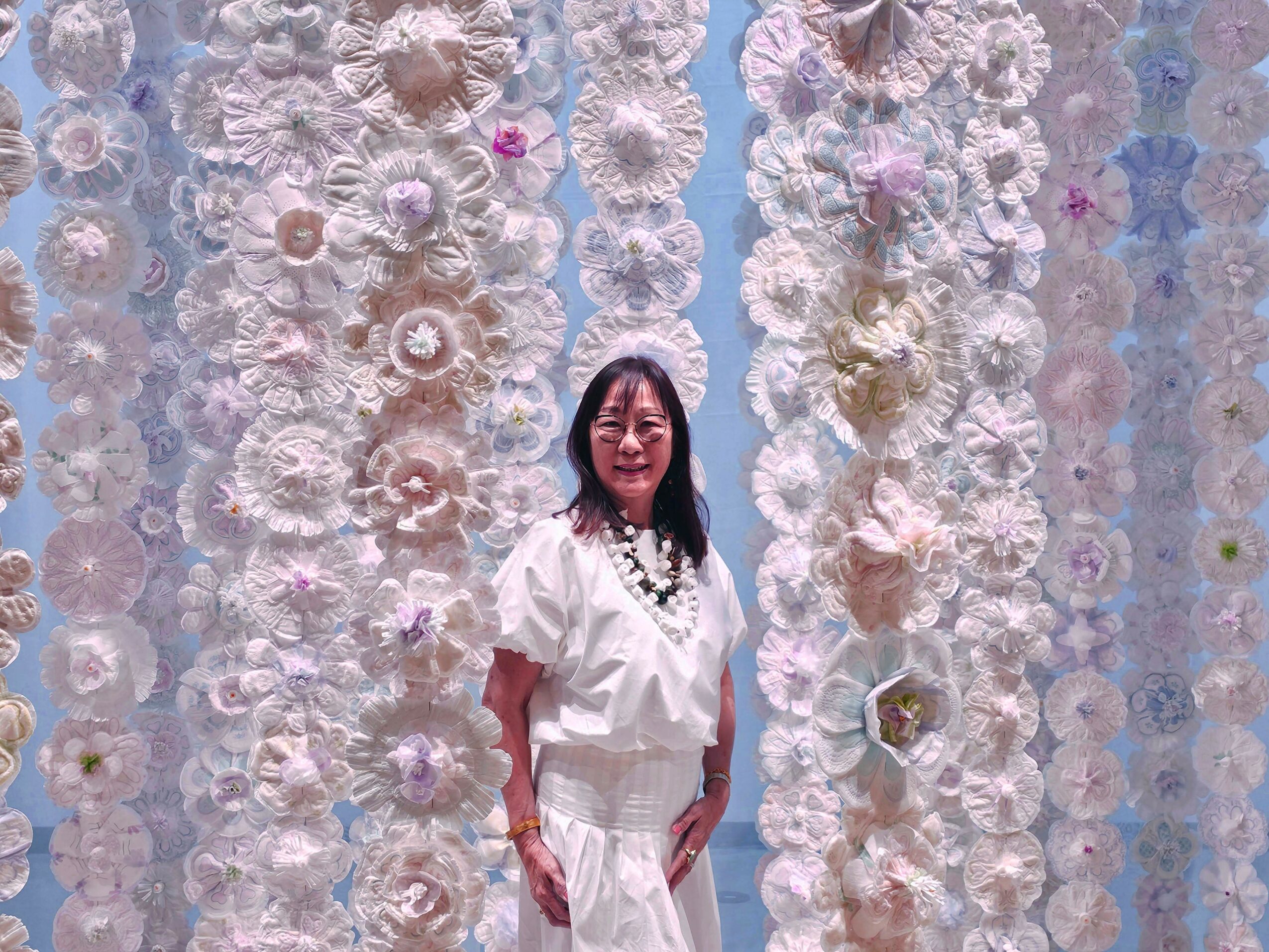
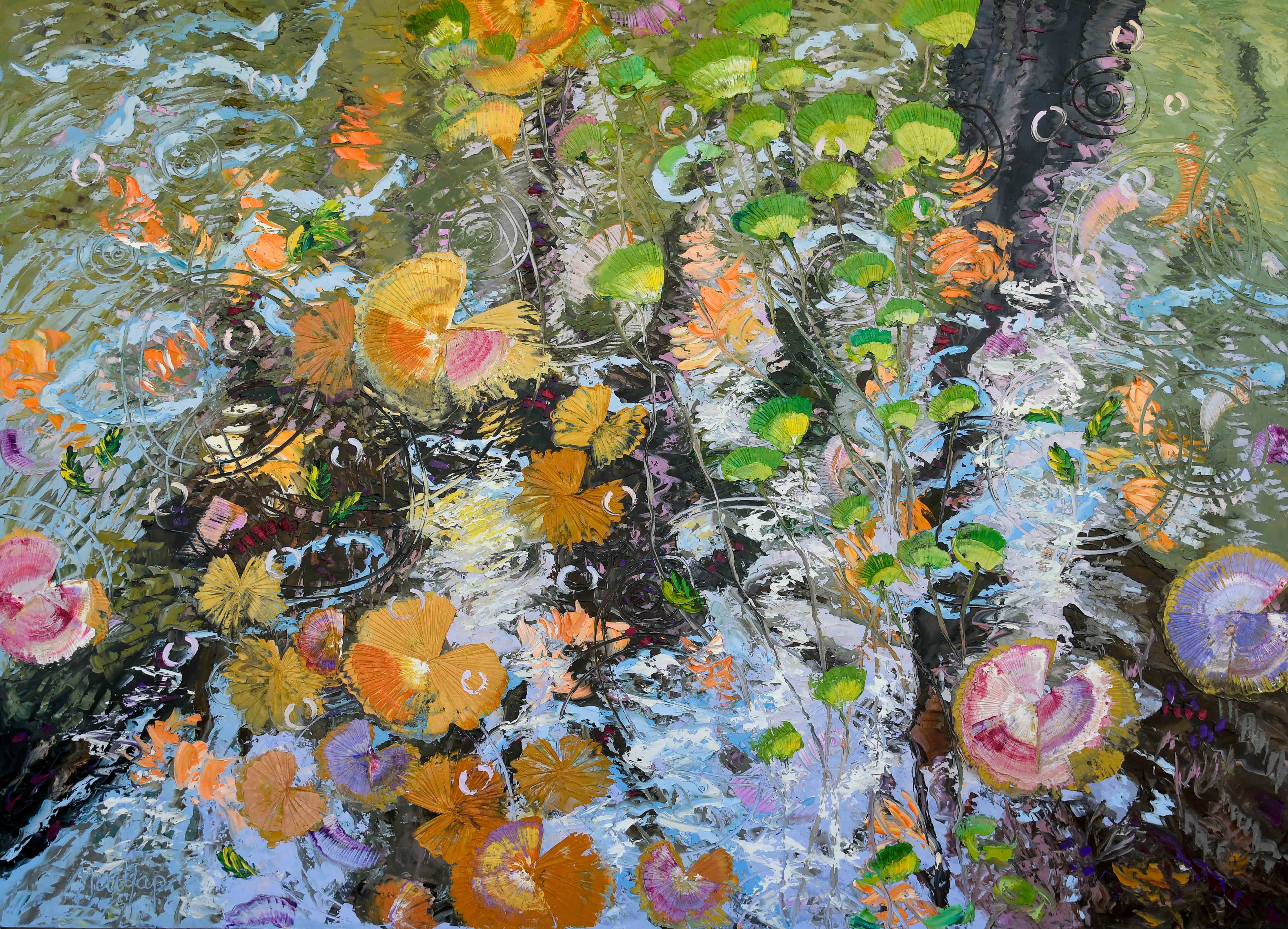

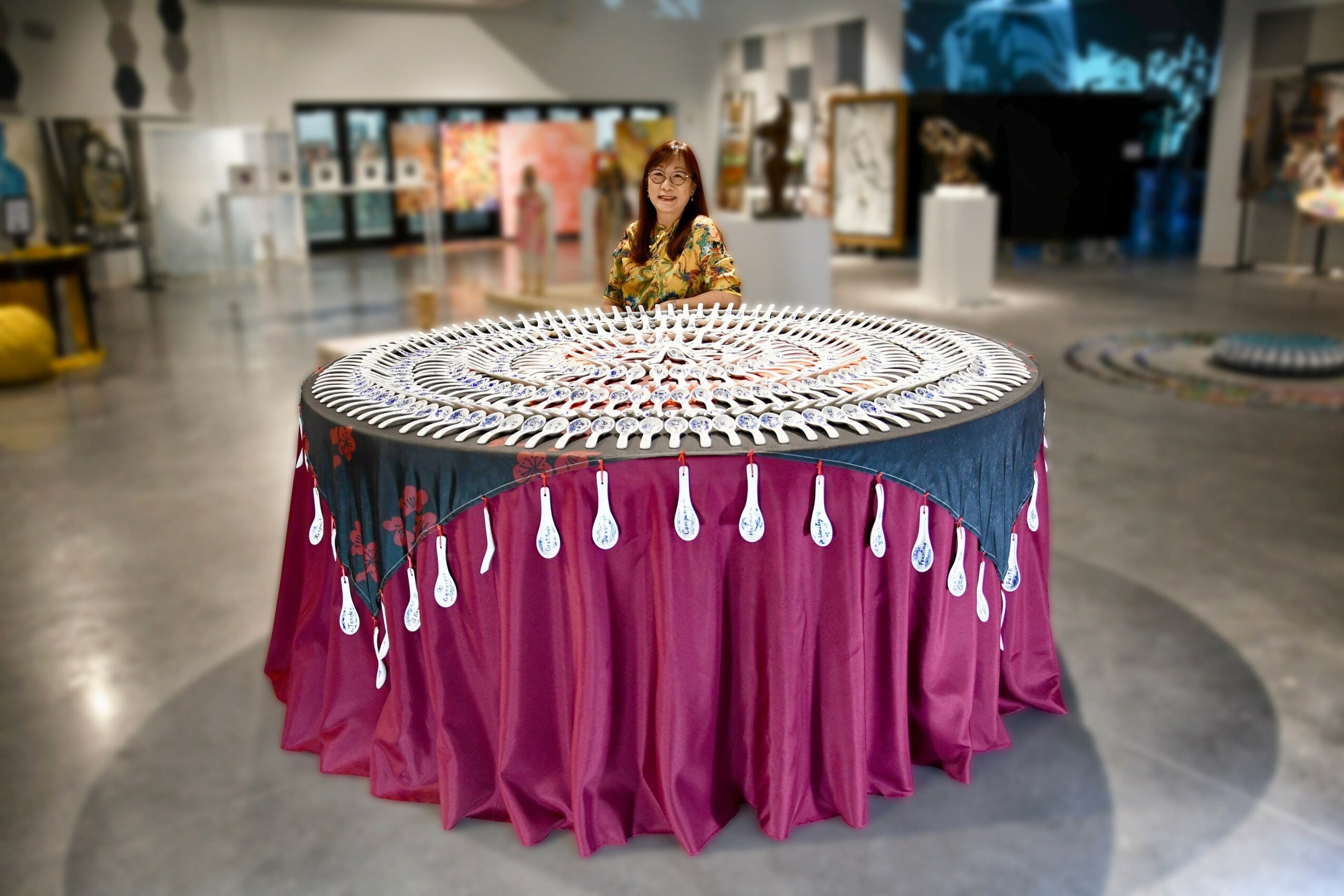
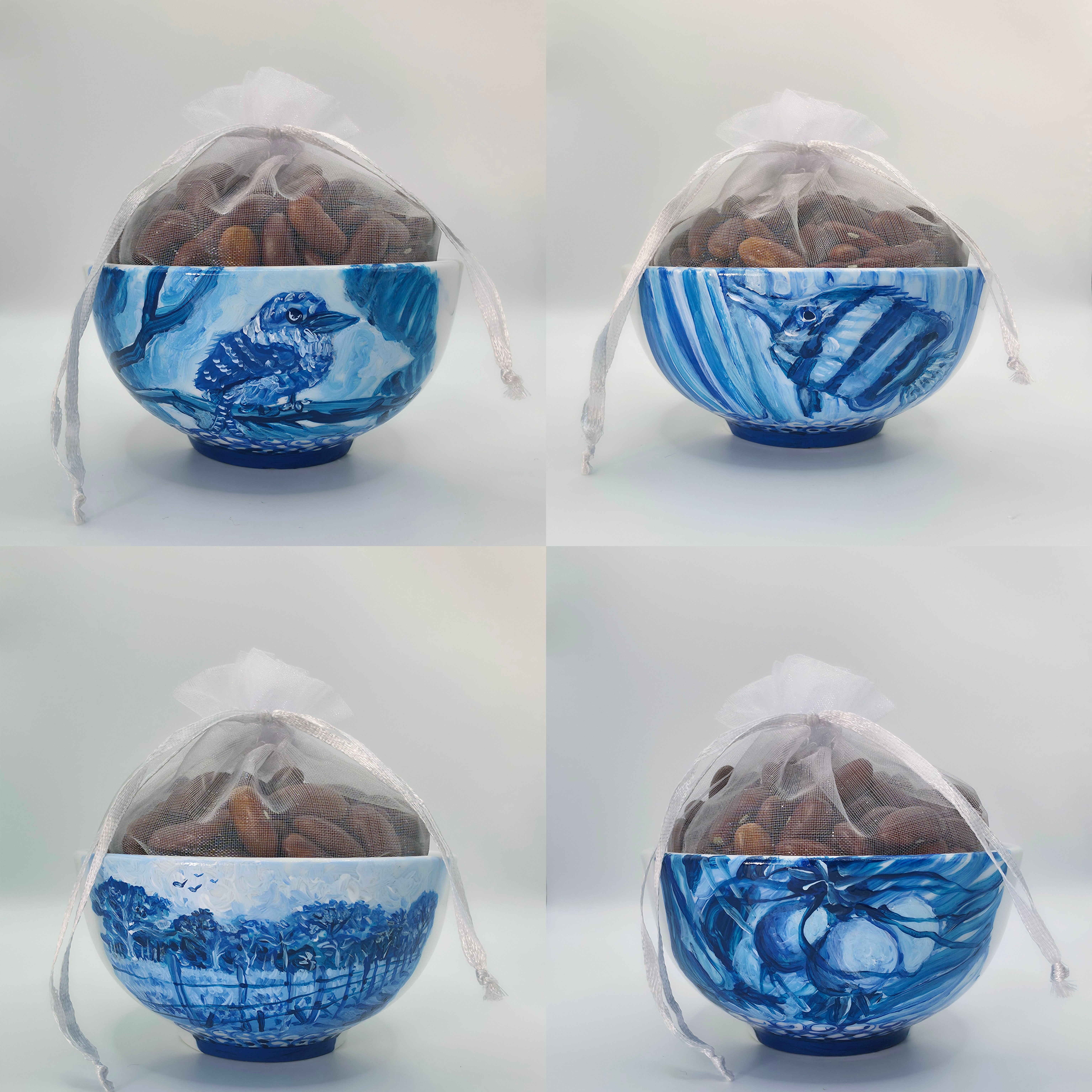
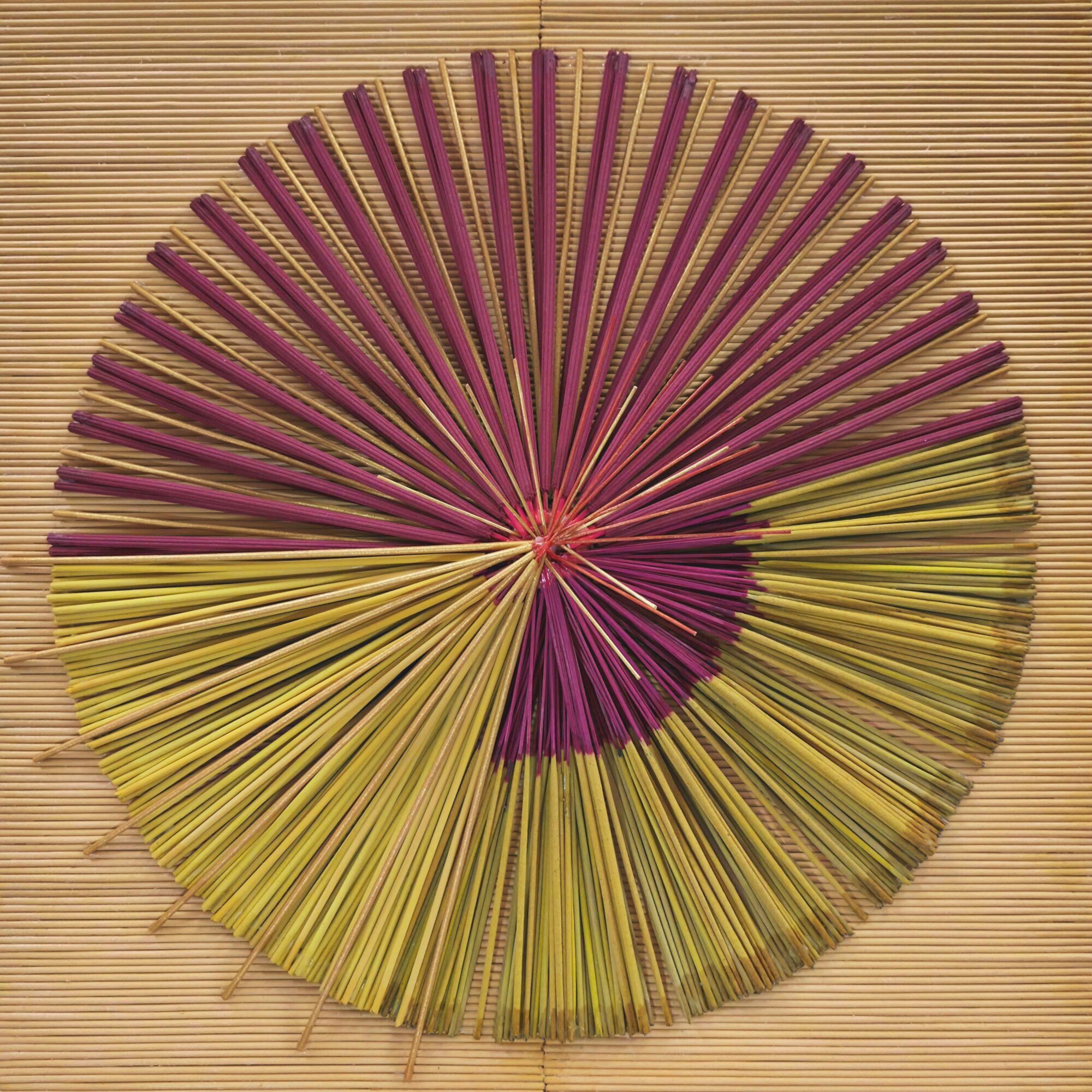
Image Credits
all are my own pictures










